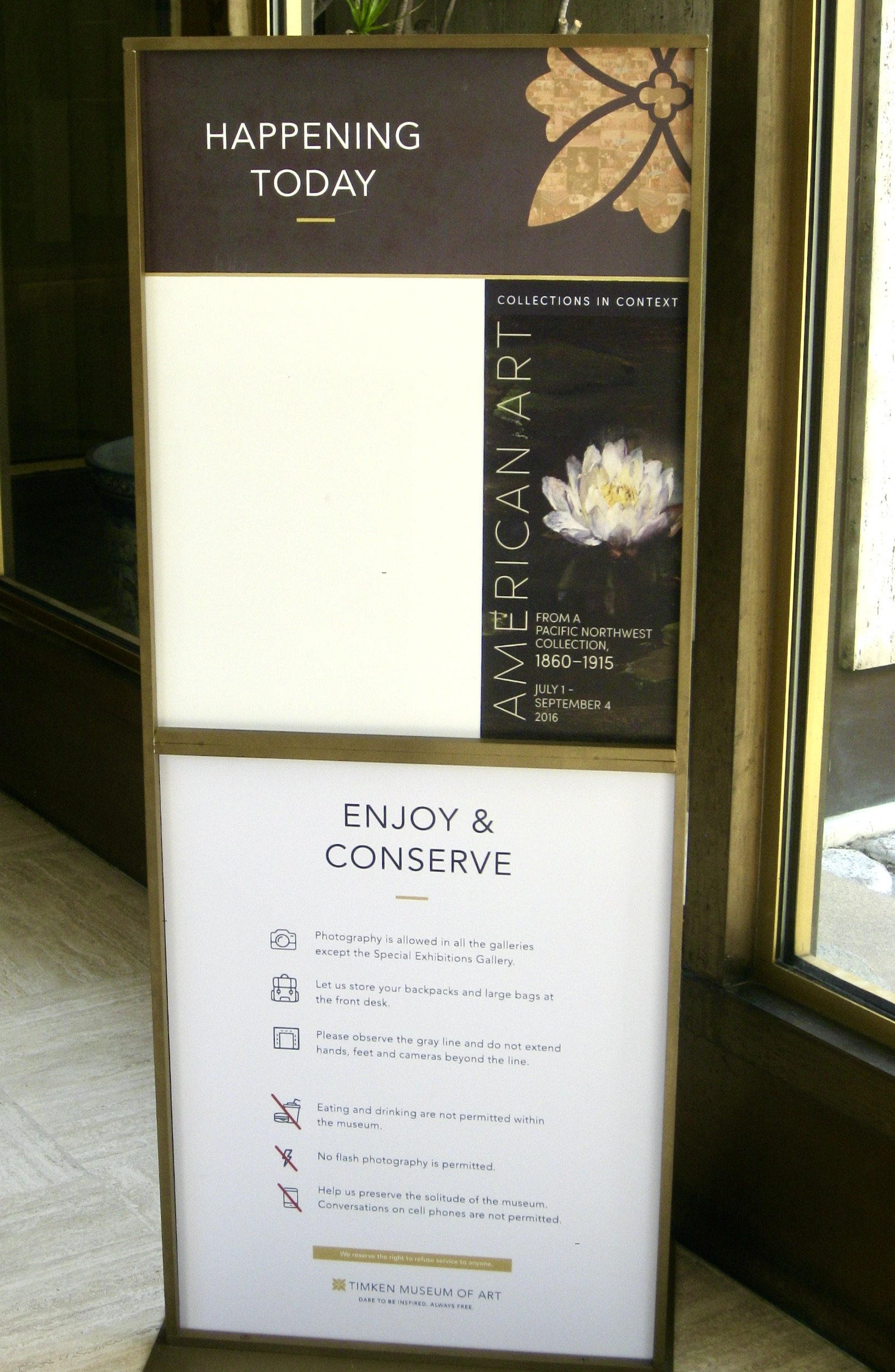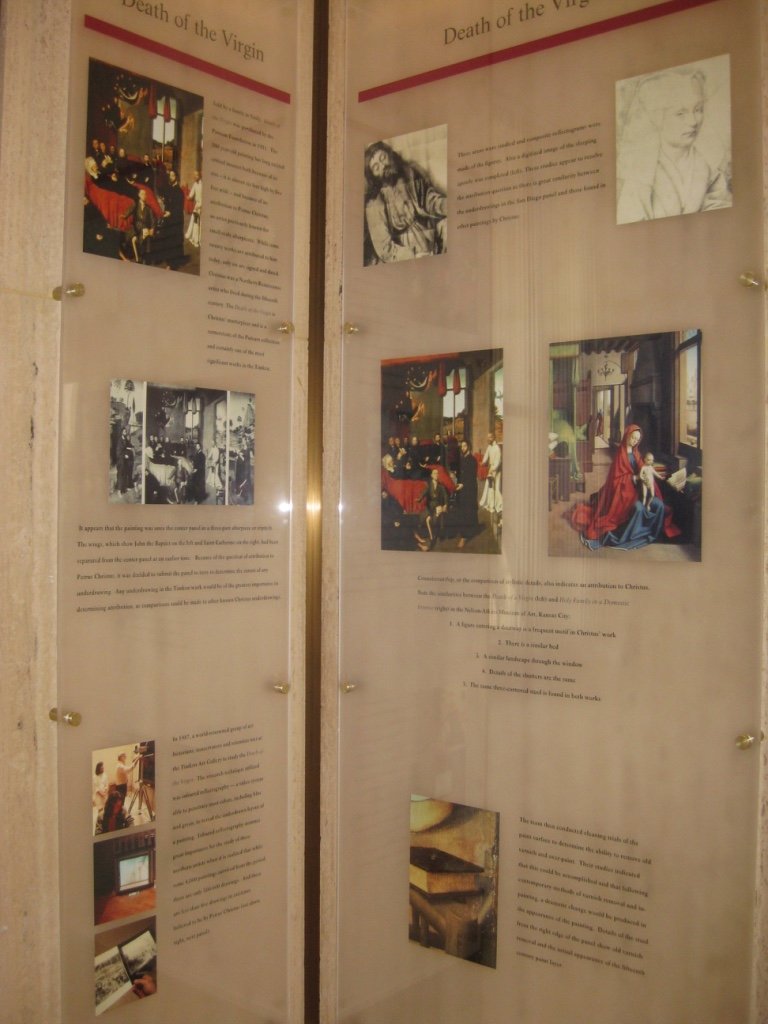Hello 2025. May it contain many smiles, few sorrows, and lots of adventures for all of you that read our blog posts. To begin the year Bill Reynolds of Canada, Lars Wohler of Germany, and myself, Mike Mayer of the USA wanted to revisit the very first blog post. We still feel strongly that interpretive planners and educators need a seat at the table from the very beginning of all projects at big and small museums, parks, zoos, historic sites, aquariums and other such sites. Sites that we in Experiential Interpretive Design (EID) call preservation, collection and historic recognition sites. We deeply love these places in all their many iterations and are profoundly concerned they might lose their relevance if we don’t have the interpretive planners and educators at the planning and design table.
No, we don’t think these places will disappear, only worried the “usual” methods of planning will keep the places locked into outdated codes and procedures for planning and design. Our concern comes from decades of visiting, viewing, and working with interpretive and education experiences at preservation, collection, and historic recognition sites. Unfortunately, we have been mostly disappointed and only occasionally thrilled. Our aim is to reverse those experience.
These lopsided experiences are not the fault of the front-line interpreters and educators interacting with the public. The front-liners are hard-working, underpaid, and are usually shackled by restraints they did not impose. No, the problem is the fields of interpretation and visitors’ services have settled for the crumbs. The EID adventure wants to develop a cadre of professional Experiential Interpretive Planners who participate in projects from the beginning and are respected and involved just as much as all the other designers a site hires to complete a project. If you just “follow the money” it is easy to see who is the last to receive the necessary funds.
First, a cadre of consultants are brought in to develop extensive plans that often sit on shelves (See Kohl & McCool’ book The Future has Other Plans for some great examples). This cadres that is included in the initial financial outlay might include architects and engineers, landscape architects and exhibits designers, law enforcement and maintenance. Then at the end of this process a small number of interpreters or educators are handed everything and told to make this relevant to the visitors. What an impossible task.
EID is committed to training professionals already in the field, and to preparing those wanting to enter the field, to be ready and able to sit at the table on projects to advocate and offer ways to make the site’s mission meaningful, provide practical suggestions, and help craft visitor experiences from the car park to the exit that highlight the uniqueness of the site.
How do we plan to implement our mission to train experiential interpretive planners and designers, guide sites through implementation, inspire visitors to gather meaning and memories, and share successes and challenges with other? EID offers workshops and sessions, webinars and long-term classes, and assistance to sites in the planning process.
Here are the steps EID uses in its work…
Ensure that the site’s Mission, Message and Image are clear.
Design ways to Welcome, Orient and Guide people as they arrive.
Develop experiences to satisfy the visitor’s Head, Heart, Hands and Hunger.
Help the visitors and site staff Achieve, Motivate and Organize visitor experiences and outcomes.
Integrate ways to Reinforce the visitors’ experiences and Evaluate success.
Tie together each building, path, hallway, project, exhibit, personal offering, and event into the mission so each experience reinforces meaning and creates memories.
(Special Note: These steps are fully described in the book Interpretive Design and the Dance of Experience by Steve Van Matre. Examples of how EID has put these ideas into practice can be found in earlier blog posts.)
We have our work cut out for us, and we believe there is a pool of talented Experiential Interpretive Planners and Designers waiting for the opportunity to take on the challenge to revitalize our field. We believe, as Kohl and McCool have stated, a site doesn’t need to spend big money on outside experts if the on-site talent is given the tools, opportunity, and training. So in our work we want to provide both the theoretical framework and the practical examples to help staff and community analyze the site and move projects forward. We want to help find solutions to problems that interfere with the visitors’ meaningful experiences. We want all your visitors to know why your site is unique and why it deserves the visitor’s support.
A quick example…
Here is what I experienced when I visited one of the free art museums located at Balboa Park in San Diego, California. I knew nothing about this collection site and had not even planned on visiting it. I was pleasantly surprised by the collection and deeply disappointed by the experience. Having interpretive planners involved with this site could have totally changed my experience.
First, the only invitation the museum offered outside its doors was an A-frame sign that said “Free Museum”.
At the door I was greeted by two male volunteers (not interpreters) with the standard Three Museum Greetings of “No”: “No drinks, No backpacks, No flash photography.” I was vaguely pointed in the direction of an unmanned desk with a map and museum description. I was on my own with no invitation, guidance or orientation. Not a smile or even a “Welcome to the Museum.”
Photo Credit: Mike Mayer
Photo Credit: Mike Mayer
The most important pieces in the collection, several hanging tapestries, were hidden from view and the associated signage had small text lettering, too many words, and was difficult to read. One of the rooms with a variety of portraits had some wonderful works but no meaning or context – nothing for the Head or Heart or Hands — just the picture and the artist.
Photo Credit: Mike Mayer
A room with 20th Century photography, staffed to ensure no cameras were used, seemed a bit out of place since all other works were from the 14th – 19th Centuries.
Since I am a motivated visitor and like analyzing sites I did get something for my Head and Heart, but only because of me, not because the site designed any experiential options. I was in charge of my own achievement, motivation and organization.
After the experience I visited the museum’s website. I could find no mission statement, but there was a small image (that I did not see at the museum) and a short message: “Dare to be inspired, always free.”
This museum was an exquisite jewel with a collection of art “gems.” I loved the place. But where was the invitation? How was I to gather meaning and memories? There was no Dance of Experience between the beautiful collection and the visitor. I had to make up my own dance steps as I wandered around. EID wants to train Experiential Interpretive Planners & Designers to work with collection, preservation, and historic recognition sites so visitors will do more than wander and wonder and forget. We want folks to come back for more and spread the word about the experience.
Photo Credit: Mike Mayer
These are the kind of experiences EID wants to explore with you through our blog site and our offerings. These are the systemic design issues that need to be addressed so front-line workers have options to offer visitors. Sometimes we will write about the underlying framework of Experiential Interpretive Designing and want your feedback. Sometimes we will provide an “Interpretive Challenge” and look for your responses. Other times we will post a “Reverberation” for you to contemplate or offer a website for you to attend. Sometimes we might find an interesting article and re-post it.
We promise not to overwhelm you. We know your time is limited and valuable -- once or twice a month is plenty of contact.
If you like where we are going, let us know. If you would like us to work with your staff on a project, let us know. You can reach us at contact@eidcoaching.com and also sign up to receive our blogs posts and other offerings at www.eidcoaching.com .
EID would love to have you join in this new adventure of making all our preservation and collection and historic recognition sites more relevant. Let us know what you think and may 2025 be a good year for all of you.
Photo Credit: Mike Mayer






